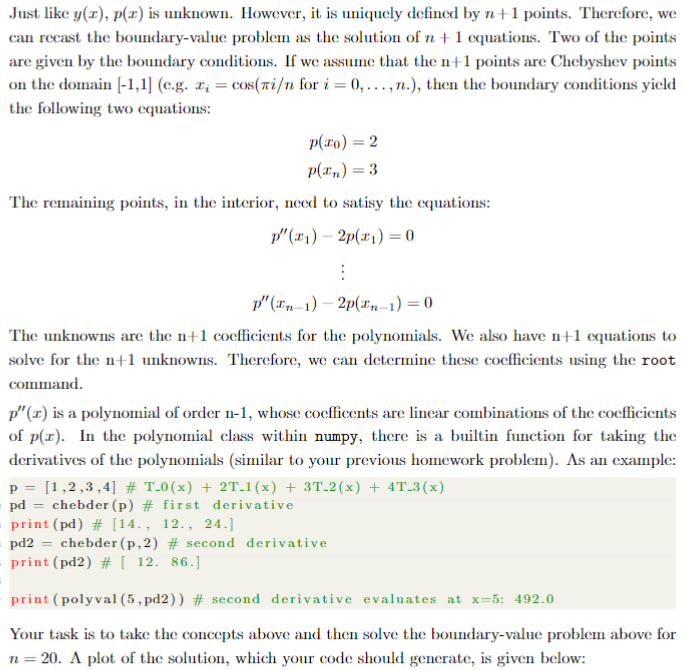Answered step by step
Verified Expert Solution
Question
1 Approved Answer
Please solve in python code 4. Suppose we wish to solve the boundary-value problem: y4y=0,y(1)=2y(1)=3 One way to solve this problem is to approximate y(x)
Please solve in python code




Step by Step Solution
There are 3 Steps involved in it
Step: 1

Get Instant Access to Expert-Tailored Solutions
See step-by-step solutions with expert insights and AI powered tools for academic success
Step: 2

Step: 3

Ace Your Homework with AI
Get the answers you need in no time with our AI-driven, step-by-step assistance
Get Started


